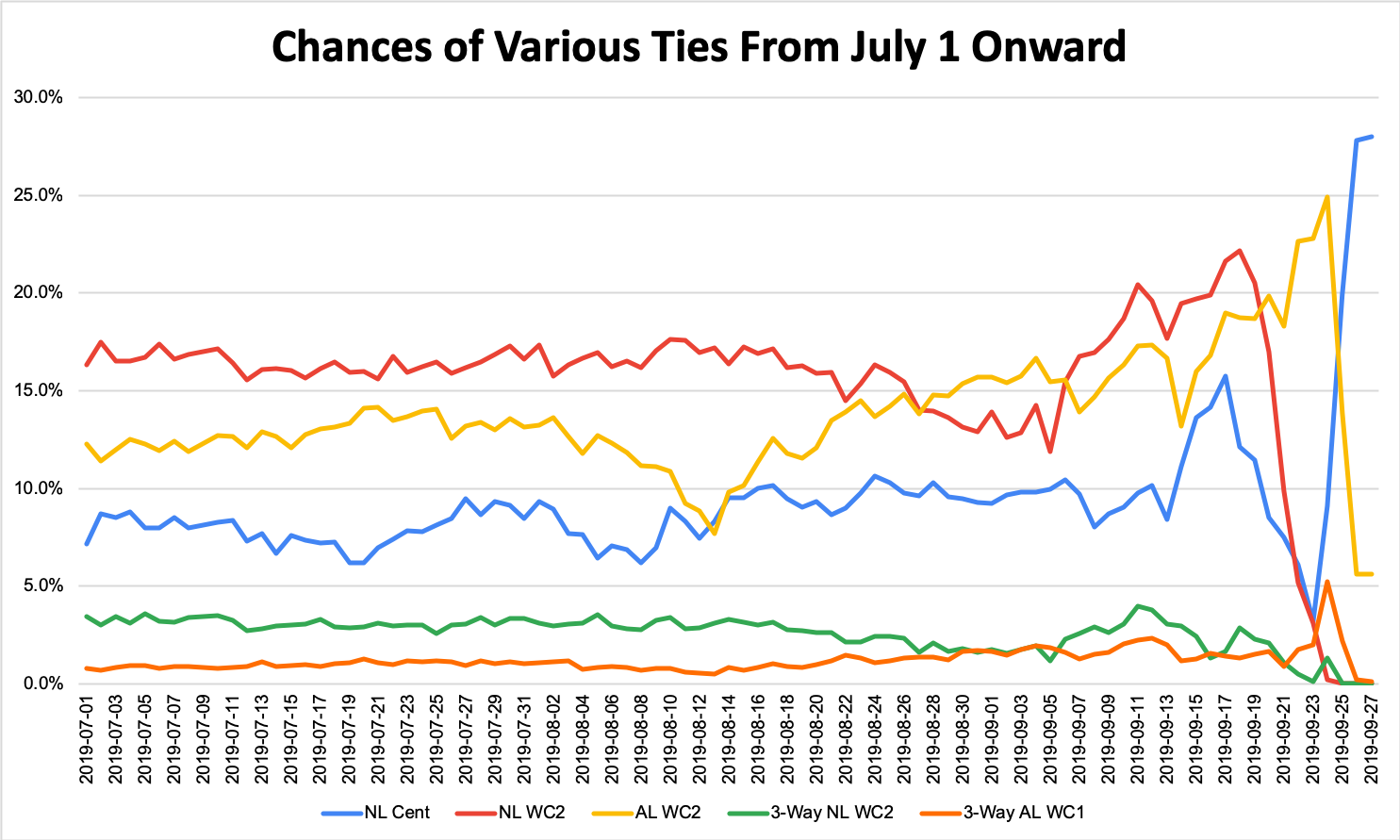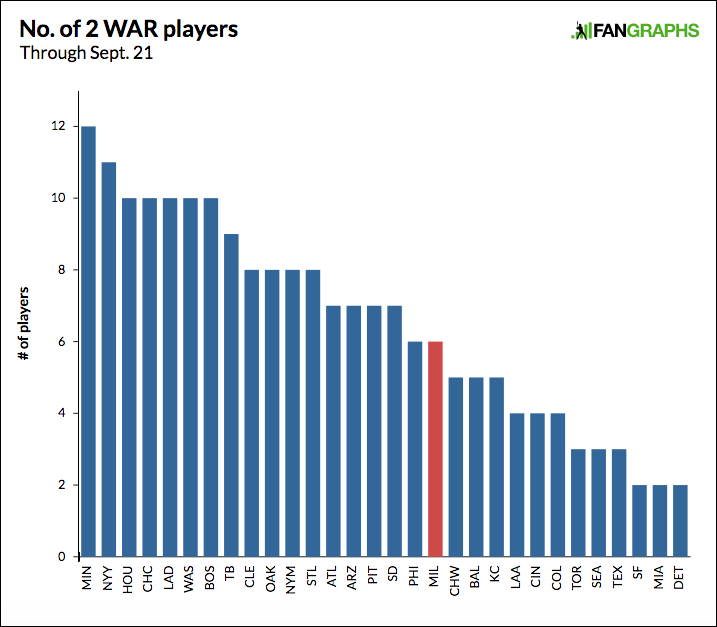Please note, this posting contains two positions.
Position: Baseball Research and Development Analyst
Location: Milwaukee, WI
Summary:
The Analyst – Baseball Research & Development will deliver research and tools to improve decision making across Baseball Operations. The position requires a person who has intellectual curiosity, is a self-starter and can communicate technical and analytical concepts effectively to non-technical people. Being passionate about using data, analysis and technology to improve decision making processes is also a key differentiator. Residence in Milwaukee is required.
Responsibilities:
Essential Duties and Responsibilities include the following. Reasonable accommodations may be made to enable individuals with disabilities to perform the essential functions. Other duties may be assigned.
- Evaluate existing data sources and build predictive or explanatory models to aid in a variety of player acquisition, player development and gameplay decisions.
- Investigate emerging data sources and identify potential for predictive value and actionable insights to improve decision making.
- Develop visualizations and other mechanisms for disseminating analytical results to the front office, player development staff, and other baseball employees – including consideration for less technically and analytically inclined consumers.
- Continually survey latest analytical methods and advancements in baseball and sports research to apply cutting-edge methods and data to problems.
- Understand current decision processes and information systems and offer enhancements and improvements.
- Answer ad-hoc requests for reports, visualizations and research projects.
Qualifications:
To perform this job successfully, an individual must be able to perform each essential duty satisfactorily. The requirements listed below are representative of the knowledge, skill, and/or ability required.
- Understanding of statistics and modeling techniques, including probability, linear regression and logistic regression.
- Proficiency with an analytical programming language required, R or Python preferred.
- Proficiency with SQL and SQL databases required, Microsoft SQL or PostgreSQL preferred.
Education and/or Experience:
Bachelor’s degree (B.S./B.A.) or equivalent experience is required. Advanced degree or current pursuit of advanced degree is desirable.
Other Skills and Abilities:
The individual must be capable of working extended hours such as overtime, nights, and weekends, when necessary. Occasional travel to affiliates or conferences may be required.
To Apply:
To apply, please complete the application that can be found here.
Position: Baseball Research and Development Intern
Location: Milwaukee, WI
Summary:
The Intern – Baseball Research & Development will design and execute a strategic research project with the assistance of experienced mentors. The internship program is designed to give the candidate real-world experience in a Baseball Research & Development department, including exposure to development processes and best practices. Residence in Milwaukee is required.
Responsibilities:
Essential Duties and Responsibilities include the following. Reasonable accommodations may be made to enable individuals with disabilities to perform the essential functions. Other duties may be assigned.
- Work closely with R&D mentor to define and outline a meaningful project.
- Design approach to address chosen topics leveraging existing and new data sources to build predictive or explanatory models.
- Develop and propose project solutions using various coding languages and/or database queries that adhere to coding best practices.
- Collaborate with other interns, R&D team members and other front office staff on various projects and initiatives.
- Participate in code reviews with members of the R&D staff as part of a robust development process.
Create reports, visualizations and other documentation explaining the project.
- Present project results to members of the Baseball Operations Department.
- Answer ad-hoc requests for reports, visualizations and research projects.
Qualifications:
To perform this job successfully, an individual must be able to perform each essential duty satisfactorily. The requirements listed below are representative of the knowledge, skill, and/or ability required.
- Understanding of statistics and modeling techniques, including probability, linear regression and logistic regression.
- Demonstrated experience with applied research required. Can be through a previous job role, schoolwork, or independent research and does not need to be baseball-related.
- Proficiency with an analytical programming language required, R or Python preferred.
- Proficiency with SQL and SQL databases required, Microsoft SQL or PostgreSQL preferred.
- Deep knowledge of baseball rules, gameplay and player acquisition approaches.
Education and/or Experience:
Bachelor’s degree (B.S./B.A.) or current pursuit of Bachelor’s degree in a technical or scientific field, or equivalent experience is required. Advanced degree or current pursuit of advanced degree is desirable.
Other Skills and Abilities:
The individual must be capable of working extended hours such as overtime, nights, and weekends, when necessary. Travel to affiliates may be possible.
To Apply:
To apply, please complete the application that can be found here.
The content in this posting was created and provided solely by the Milwaukee Brewers.


